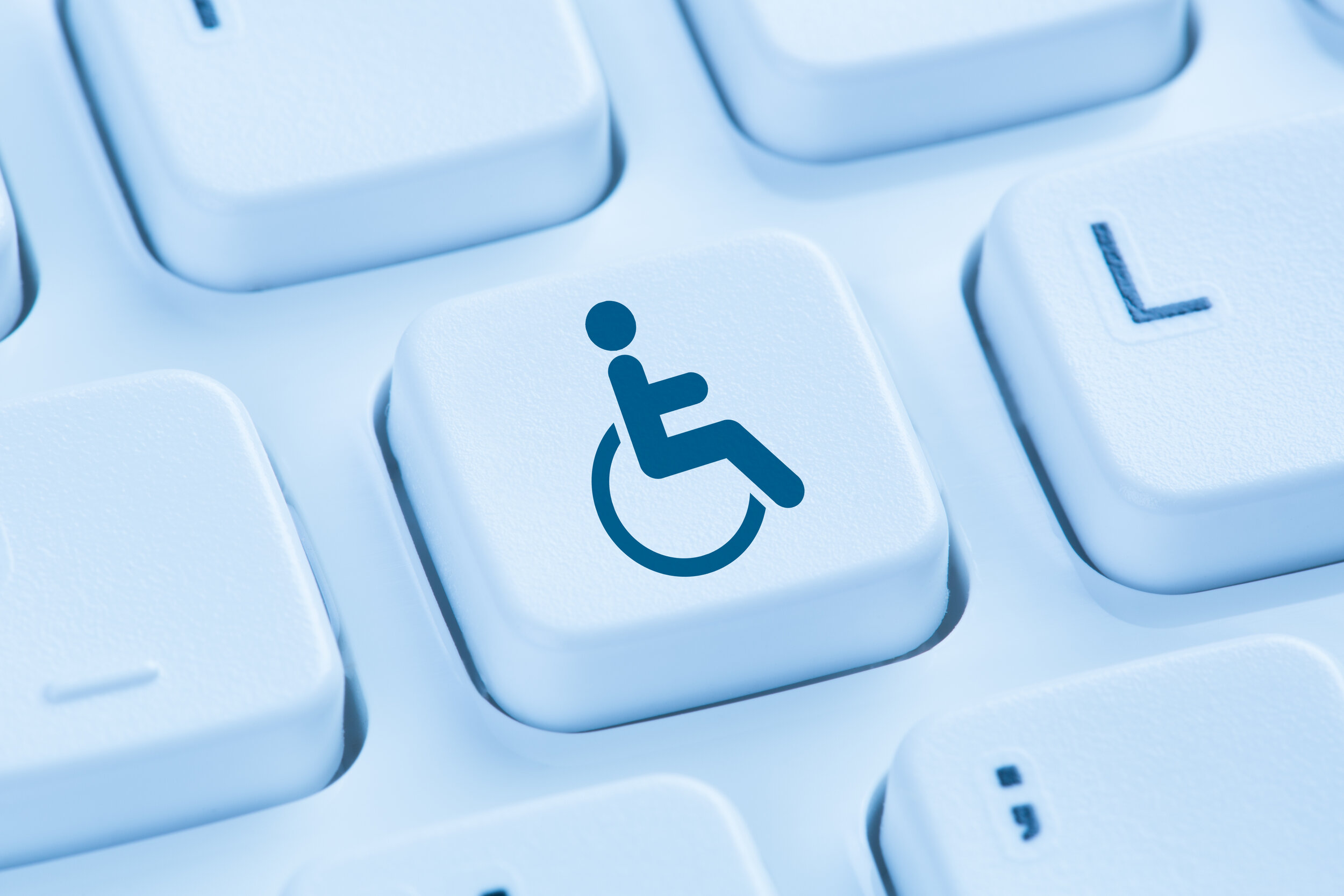Five Steps to a More Accessible School Website

Creating and maintaining an accessible school website shouldn’t be hard. eChalk’s five-step process makes it easy.
Step One: Start with an Accessible CMS Platform
Your website is only as accessible as your CMS platform allows. The first step towards a more accessible school website is to choose a CMS that has website accessibility features built in. These are features that are beyond the ability of content creators to control, such as support for ARIA tagging and keyboard focus.
If you’re not sure whether or not your current platform is accessible, here’s an easy way to check: take the Tab Test! Turn off your mouse or track pad and try to navigate your site using only the keyboard. Can you get to all of the content on your site? How easy is it to navigate the menus and skip to the content you want? If you need help evaluating the accessibility of your current site, contact us for a free consultation.
eChalk’s CMS has built-in accessibility features for people using keyboard navigation or screen readers and people with perceptual or dexterity challenges. These include (but aren’t limited to):
Header hierarchy
ARIA landmarks
Skip to Navigation
Skip to Main Content
High-contrast designs
Support for alt-text
Table support for screen readers
Step Two: Migrate Your Content and Fix Existing Accessibility Problems
eChalk also makes it easy to migrate your content to your new accessible platform. We provide content migration services to help you move existing content from your old site to your new one.
Along the way, we’ll identify and correct content accessibility problems such as:
inaccessible PDFs;
missing alt-text;
vague link language; and
header structure issues.
Our content migration specialists do the heavy lifting of moving your critical content and ensuring that it is accessible for everyone.
Step Three: Activate Your Accessibility Checker
Next, you need to evaluate your website for content accessibility problems and fix any problems that you identify.
eChalk has created a native accessibility checker for the eChalk CMS. eChalk GUIDE pinpoints content accessibility issues on each page and shows you how to fix them in the CMS, using plain English. GUIDE also lets you check new content for accessibility issues before publication, so you can ensure that inaccessible content is never pushed live on your site.
Step Four: Train All Content Creators
GUIDE is used by all content creators, not just webmasters. Over time, it trains everyone in best practices for website accessibility.
We provide accessibility training for webmasters and content creators. Our training focuses on the content accessibility best practices all content creators need to be aware of when creating new content on your site. We make sure everyone knows how to use GUIDE and how to fix the accessibility problems identified in the GUIDE reports.
Step Five: Provide Ongoing Support to Fight “Accessibility Entropy”
School website accessibility is not a “one and done” proposition. It’s an ongoing commitment that must be shared by everyone who adds content to your site.
That’s why eChalk provides ongoing support for schools and districts. With eChalk, you always have access to experts who can help you address accessibility concerns and optimize your eChalk website.